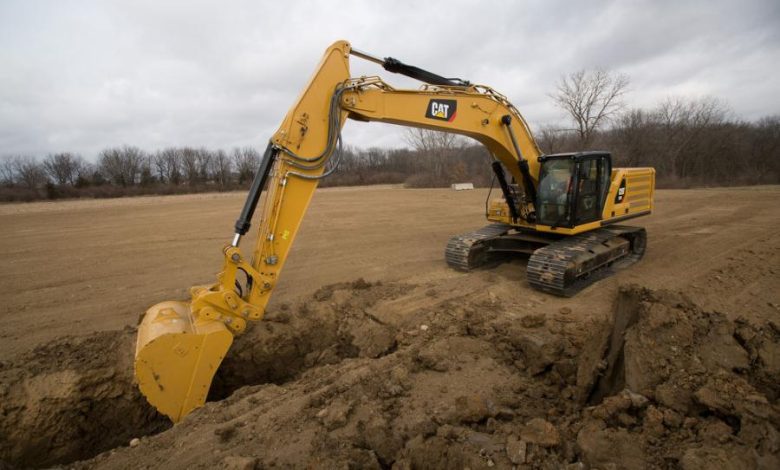Your Best Excavator Buying Checklist

Is your old excavator being inefficient? Are you planning to replace it with a new one? Indeed, those trenches and holes need digging, and you cannot wait anymore.
You could find excavators for sale or even used excavators that might help you in your job, but the essential question is, how do you pick the best excavator that will fit your requirements spot-on?
Here is a checklist to help you identify and narrow down your list of excavators. Take a look.
Things to Consider Before Buying an Excavator
An excavator makes up 46.2% of all the construction equipment trade. It is crucial machinery required for construction. So, before getting down to buying an excavator, answer three critical questions for yourself:
1. Why do you need an excavator?
An excavator comes in three different sizes – mini, standard and large. Your specification requirement will vary as per the kind of job you need to undertake. So, figure out what you are exactly going to use an excavator for.
2. How will you transport your excavator?
To carry your excavator to and from the job site, you require a trailer that can hold its weight. You also need a skilled driver with the correct certification to manoeuvre the excavator on different bridges and roads.
3. Is your dealer reliable?
When purchasing a piece of heavy equipment, it’s prudent to buy it from a dealer you trust and who is knowledgeable, ethical and dependable. Chances are you may require help or certain additions in the future, so a genuine dealer is a must. Also, see if your dealer offers excavators for sale.
Even the most reputed manufacturers may make some honest mistakes at the time. So, before making your purchase, it would be best to check a couple of things.
● Inspect the Slew Ring
When buying an excavator, ensure that the slew ring is free of any damage.
It’s usually the hardest and most expensive to replace. Especially if you buy a used excavator, this is important to check. Poor periodic maintenance can damage the slew ring.
Simply turn the housing to a quarter turn and be careful of any fishy movement or play.
● Keep an eye on Loose Connections.
Loose connections can profoundly impact a machine’s efficiency due to any loose connections. So, keenly inspect all the connection points, especially at the excavator’s stick and bucket. It’s significant for all the bearings and pins to be tight!
● Checks for Dents and Cracks
The two most essentially excavator’s parts to check are the boom and stick and the undercarriage. These cracks and dents in the connection points and undercarriage could indicate internal damage or excavator misuse.
● Inspect for Leaks and Meter Hours
Find the hydraulic pump compartment of the excavator to ensure there are no signs of leaks. If investing in a used excavator, make sure to check the meter hours on the control pedals. If it looks too weary, chances are the machine logged in extra hours or the meter is altered or broken.
● Check the Bucket Teeth
Find signs of scalloping – wear and tear in the shape of a half-moon on the bucket teeth. It could indicate that the excavator’s cutting force has been reduced, thus diminishing the machine’s overall value.
Wrapping Up
Investing in a heavy machine is a daunting decision requiring big bucks and many mindful considerations. So, before you buy an excavator, make sure to inspect the machine thoroughly.
Keep the above inspection checklist handy and determine whether the excavator is worth your investment


